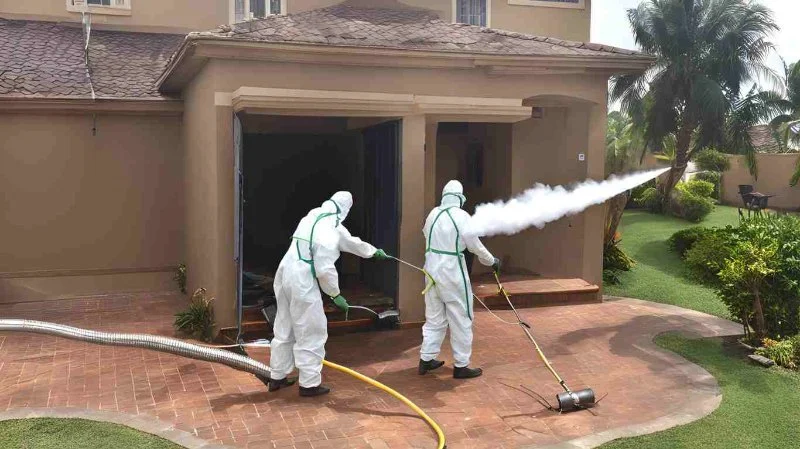
- 1- Understanding Fumigation Methods
- 2- When to Use Fumigation for Pest Control
- 3- Safety Precautions During Fumigation
- 4- Common Mistakes to Avoid During Fumigation
- 5- Case Studies and Real-Life Examples of Successful Fumigation
- 6- How to Prepare for a Safe Fumigation
1. Understanding Fumigation Methods
Fumigation is a highly effective method of pest control that involves the use of gaseous pesticides to eliminate pests within an enclosed area. This technique is commonly used in homes, businesses, and agricultural settings to combat infestations of termites, bedbugs, rodents, and other harmful insects. Fumigation works by introducing a pesticide gas, which permeates every part of the target area, effectively exterminating pests that may be hiding in walls, under flooring, or in other hard-to-reach places.
While fumigation can be a powerful tool in pest control, it must be done carefully and with proper safety protocols to ensure both effectiveness and safety for the inhabitants of the space and the environment.
2. When to Use Fumigation for Pest Control
Fumigation is typically reserved for cases where traditional pest control methods—like sprays, traps, or baits—are insufficient or impractical. Some situations where fumigation is necessary include:
- Severe infestations: If you have a large-scale pest infestation, such as termites or bedbugs, that cannot be controlled by other means, fumigation can help eliminate the problem completely.
- Hidden pests: Fumigation is effective for pests that are not easily visible or accessible, like insects hiding in walls, attics, or other concealed spaces.
- Commercial and agricultural applications: Fumigation is often used in commercial settings, such as warehouses, where large quantities of food or materials are at risk from pests.
While fumigation is highly effective, it's not always the first choice for every situation. It should be considered when other pest control methods have failed or when the infestation is extensive and widespread.

Professional Pest Services Inc.
Morehead CityCarteret CountyNorth Carolina
450 NC-24 Unit 1, Morehead City, NC 28557, USA
3. Safety Precautions During Fumigation
Fumigation involves the use of toxic gases, so safety is of paramount importance. Here are key safety precautions to follow during fumigation:
Professional Fumigation Services
Fumigation should always be performed by certified pest control professionals. These experts are trained in the proper handling of fumigants, ensuring that the process is done safely and effectively. Attempting DIY fumigation can be dangerous and may lead to exposure to toxic chemicals.
Evacuate the Area
Before fumigation begins, it is essential for all people and pets to evacuate the premises. The chemicals used in fumigation can be harmful or even deadly if inhaled, so it’s critical to stay away from the area until it is deemed safe.
Ventilation After Fumigation
Once fumigation is complete, proper ventilation is crucial. The area should be thoroughly aired out to remove any lingering gas. This process can take several hours to a few days, depending on the size of the space and the chemicals used.
Seal the Area
During the fumigation process, the affected area must be sealed tightly to prevent the fumigant from escaping. Proper sealing ensures that the pest control agent is contained within the space, allowing it to work effectively while keeping it away from nearby living spaces.
4. Common Mistakes to Avoid During Fumigation
To ensure that fumigation is carried out successfully and safely, it’s important to avoid the following mistakes:
Not Following Instructions
It’s essential to follow all instructions provided by the pest control company or fumigation specialists. Failing to follow guidelines could result in incomplete pest eradication or unsafe conditions within the treated area.
Neglecting Ventilation
Proper ventilation after fumigation is often overlooked. Without thorough ventilation, harmful chemicals can linger in the air, posing health risks to anyone who enters the area prematurely.
Using Fumigation Too Early or Too Late
Timing is crucial in fumigation. If done too early, before a significant infestation has developed, fumigation may be unnecessary. Conversely, waiting too long can allow pests to spread and cause more damage. Proper pest monitoring is essential for determining the right time to fumigate.
5. Case Studies and Real-Life Examples of Successful Fumigation
Several real-life examples demonstrate how effective fumigation can be in controlling pest problems when done correctly:
Commercial Warehouse Fumigation
A large commercial warehouse in California was facing a significant rodent infestation. Traditional methods like traps and poisons weren’t sufficient, so the company opted for fumigation. The warehouse was sealed, and a fumigant was introduced. Within a few days, the infestation was completely eradicated, and the warehouse returned to normal operations without the need for extensive structural repairs.
Residential Bedbug Fumigation
In a case in New York, a family was dealing with a severe bedbug infestation that traditional treatments couldn’t solve. The family hired a professional fumigation service, which used an environmentally safe fumigant to treat the entire home. After the fumigation process, the family was able to sleep comfortably again, free from the bedbug problem.
6. How to Prepare for a Safe Fumigation
Proper preparation is key to ensuring a successful and safe fumigation process. Here’s how to prepare:
Clear the Area
Before the fumigation begins, ensure that all people, pets, and plants are removed from the affected area. All food items, medicines, and personal items should be sealed in containers to prevent contamination.
Seal Off Entry Points
Work with the fumigation team to ensure that windows, doors, and other openings are tightly sealed. This will ensure that the fumigant stays contained and effective.
Follow Up on Safety Protocols
After the fumigation is completed, ensure that all necessary safety protocols are followed, including proper ventilation and waiting for clearance from the pest control company before re-entering the area.
If you’re considering fumigation for pest control in your home or business, it's essential to work with certified professionals. For the best pest control solutions and guidance, visit PestControlHub, where you can find trusted services and resources to ensure safe and effective fumigation.


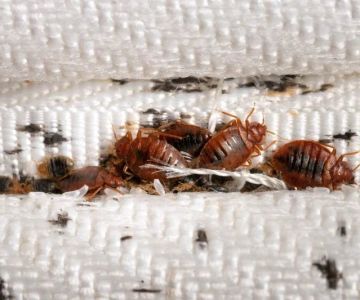
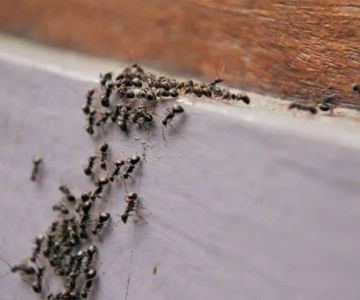
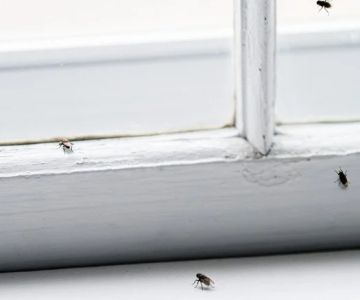


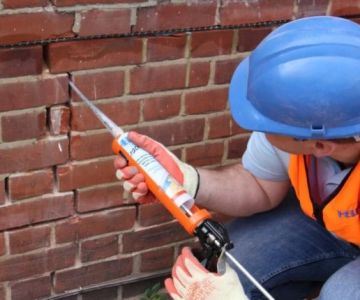
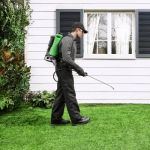 Terminix4.0 (34 reviews)
Terminix4.0 (34 reviews) Seal Em Out LLC0.0 (0 reviews)
Seal Em Out LLC0.0 (0 reviews) Uplands Wildlife Services5.0 (7 reviews)
Uplands Wildlife Services5.0 (7 reviews)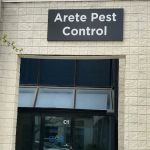 Arete Pest Control4.0 (476 reviews)
Arete Pest Control4.0 (476 reviews)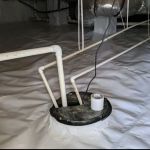 Pest-X Exterminating5.0 (1595 reviews)
Pest-X Exterminating5.0 (1595 reviews) Barnes Exterminating and Pest Control Company4.0 (37 reviews)
Barnes Exterminating and Pest Control Company4.0 (37 reviews)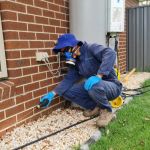 How to Prevent Pest Spread from Neighboring Properties | PestControlHub
How to Prevent Pest Spread from Neighboring Properties | PestControlHub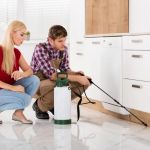 How to Choose a Reliable Local Exterminator
How to Choose a Reliable Local Exterminator How to Address Pest Issues in Spring Planting – Practical Solutions for Gardeners
How to Address Pest Issues in Spring Planting – Practical Solutions for Gardeners How to Choose Between Bait and Spray for Ants: Effective Solutions for Your Home
How to Choose Between Bait and Spray for Ants: Effective Solutions for Your Home Natural Pest Control Methods That Are Safe for Kids and Pets
Natural Pest Control Methods That Are Safe for Kids and Pets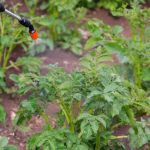 How to Address Pest Issues in Spring Planting for Healthy Gardens
How to Address Pest Issues in Spring Planting for Healthy Gardens